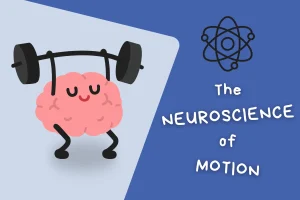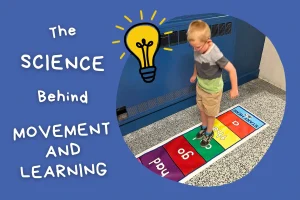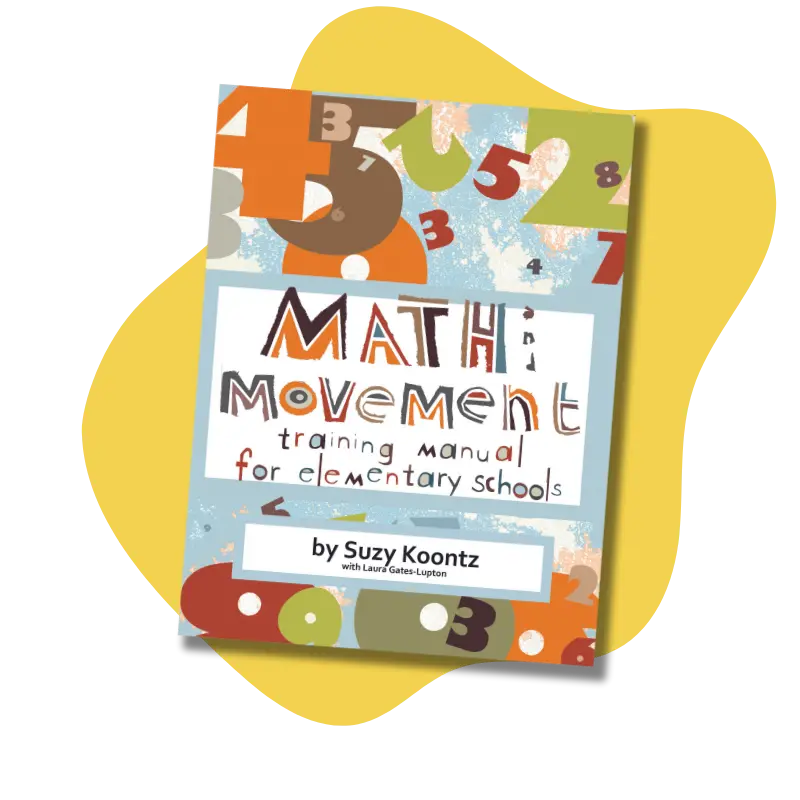You probably have goals in your personal life. Maybe it’s saving for that car you really want or learning a new language. But, have you ever set goals for inside your classroom? Or, have you ever asked your students what they want to achieve during the academic year? Goal setting is such an important skill because it helps individuals grow. Why not teach your students at a young age how to create achievable goals for themselves?
The Three C’s of Goal Setting
There are many components to effective goal setting, but the simple way is to follow the Three C’s of Goal Setting (Pauley). The Three C’s of Goal Setting include clarity, consistency, and commitment. Clarity means defining your goal with specific details and a measurable timeline. Goals should be challenging in order to maximize motivation to achieve it and satisfaction once it is reached. Consistency involves making working towards your goal part of your daily routine. Commitment goes hand in hand with motivation, as this is how the goal will be achieved. Goals are not reached overnight, but, if you stay committed, you will eventually reach them.
Goal Setting with Your Students
Now that you know the Three C’s, you’re ready to help your students create goals that they can achieve. TeachHub recommends starting by helping your students understand the data (Cox). In other words, help students individually understand where they stand academically. This will allow them to learn where they may want to focus their goals. It’s important to inform students of what they could work on, but don’t tell them exactly what their goals should be.
Next, work towards helping students set their goals. Make sure they are measurable and achievable. Once their goals are determined, get students excited by making a goal board. Gather old magazines and any books with imagery that they can cut and paste onto a sheet of paper. Allowing students to create a visual representation of their goals will immediately motivate them and, if the goal boards are hung on the wall, will also give them a daily reminder of their goals.
After the goals and goal boards are in place, create a tracking system with students. Having predetermined check-in points to track progress will help with goal measurement. This system may be different for each student, so keep this in mind when planning.
Lastly, help your students achieve their goals and celebrate when they reach them! Knowing that there is a celebration in sight will give students extra motivation and also help them cheer on their peers. Celebrations could be individual prizes or turned into a classroom celebration. Whatever you choose, make sure the student knows you are proud, and that they should be proud, too!
Not only will goal setting make your students excited, but it will also help you gain their attention during class. If a student’s goal is to nail down multiplication facts up to 12 x 12, they will be more eager to pay attention during math class. This will be the case for other goal-setters, too. (Our floor mats can help with their multiplication goals!)
Share Your Progress!
Let us know if you decide to help your students create their own classroom goals, and share their progress with us! Use the hashtag #TeacherTwosday to share your classroom success stories for a chance to be featured on our Instagram.





